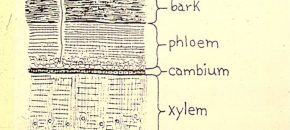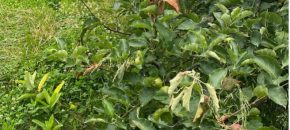
Soft Scale Species Controls (June & July): Compared to armored scales, the soft scales are relatively easy to suppress with either contact sprays or systemic treatments. Some of the common landscape soft scale species in NJ include calico, Fletcher, Indian wax, cottony maple, cottony camellia, spruce bud, European fruit lecanium, pine tortoise, striped pine, magnolia, […]
Continue reading...
